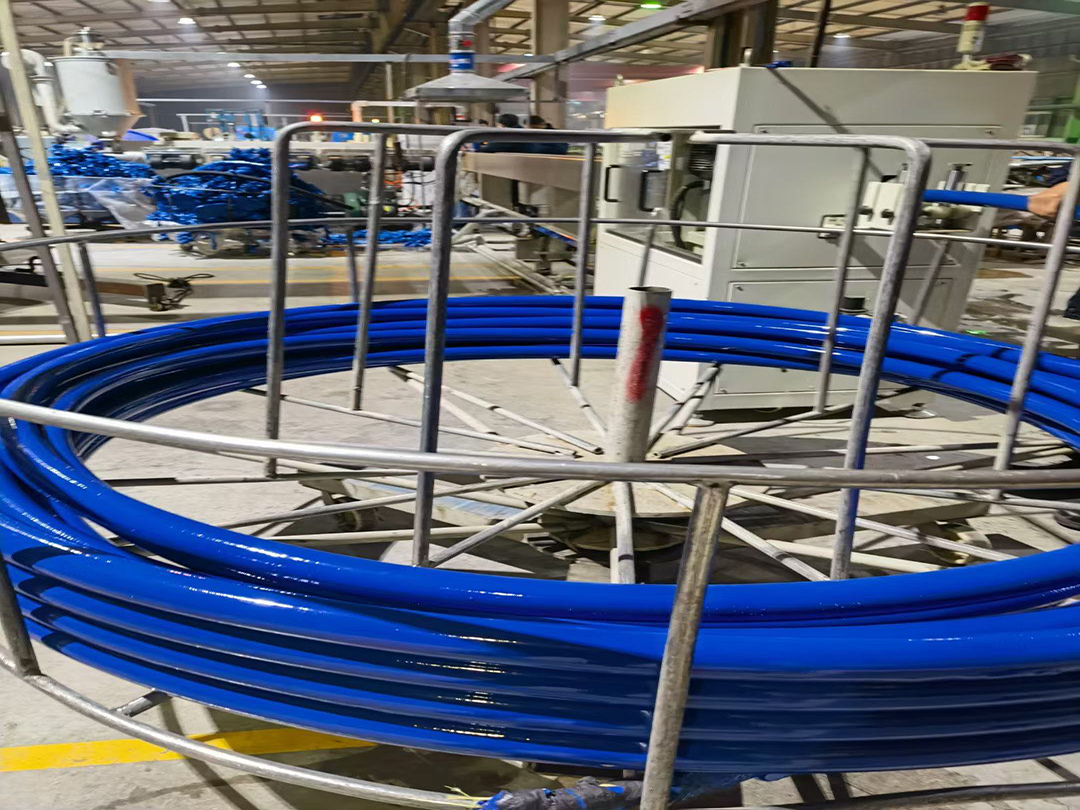What Is NBR Rubber?
2022-09-05 09:23:06
NBR, also known as nitrile rubber, is a man-made plastic that can be used as an alternative to natural rubber. It was developed in World War II and is a durable and oil-resistant product. NBR is made from petroleum-based materials such as acrylonitrile. It is not a natural product, and can have negative environmental effects.
NBR Rubber
NBR is a combination of Acrylonitrile & Butadiene. The desired level of oil or fuel resistance will determine the percentage of Acrylonitrile. It is usually between 14 and 50%. The greater the Acrylonitrile content the greater the resistance to fuel and oil. This polymer is resistant to diluted acids, vegetable oils and mineral oils.
Nitrile rubber is more resistant to abrasion than natural rubber. This makes it an excellent choice for disposable lab gloves. The main drawback to nitrile rubber's flexibility is its inability to flex. It is still used in a variety of applications. It was made in Germany by slave labor in a factory near Auschwitz in the early 20th century. The German chemical company IG Farben funded the construction of this factory. Later, a German chemical company, IG Farben, purchased the factory and renamed it Buna Rubber.
In this process, nanocellulose particles are introduced into the rubber matrix. These particles are very small and highly dispersed in the NBR material. The incorporation of nanocellulose improves the mechanical properties of the NBR compound. A further benefit of using nanocellulose is its clear color.
What is nbr rubber?
NBR rubber is a combination of butadiene & acrylonitrile. The composition varies to give different levels of oil resistance. Typical ranges are 14 to 50 percent. Higher percentages increase resistance to oil and fuel. Higher percentages also decrease flexibility at lower temperatures. The final compound will however have a higher glass transition temp.
NBR is produced in a variety of grades, depending on the intended application. The low-grade variety is a flexible, low-temperature rubber, used in gaskets, 0-rings, and adhesives. The medium-grade version is less elastic but more resistant to hydrocarbon derivatives. It is used in automotive seals, hydraulic equipment, and textiles.
The nitrile butadiene rubber (NBR) family is the most widely used elastomer in the seal industry today. It is a versatile material that can withstand hot water, fuels, and oil. It is also resistant to flame retardants and is a highly versatile material.
NBR rubber hose
NBR rubber hoses are extremely resistant to oil and gas. They are ideal for transporting gasoline, lubricating oil, mineral oil, and other petroleum products. These hoses have an NBR (nitrile-based) inner tube and a CSM (chlorinated silicon rubber) outer cover. They can be used at high and low pressures and are weather- and UV-resistant. They are also available in pre-cut lengths of 1, 3, and 10 meters.
NBR rubber hoses are versatile, cost-effective, and reliable. They are lined with a nitrile rubber hose, which is oil and fuel-resistant. They also feature polyester and steel braid reinforcement for pressure and abrasion resistance. For increased strength, steel wire spirals can be ordered. They can withstand pressures up to 20 bar. They are available in various internal dimensions, and can be used for fuel loading, aircraft refuelling, and ship-to-shore oil delivery.